Popular on Food52
231 Comments
Miafoodie
October 21, 2012
I would like a gadget mounted under a kitchen cabinet that would tell you if your leftovers were still edible, if your groceries were safe to eat,(i.e. no e.coli or botulism,etc.) if your produce was pesticide free, if your meat was indeed grain fed or cage free or had died
before it was butchered.
before it was butchered.
Miafoodie
October 21, 2012
I would like a gadget mounted under a kitchen cabinet that would tell you if your leftovers were still edible, if your groceries were safe to eat,(i.e. no e.coli or botulism,etc.) if your produce was pesticide free, if your meat was indeed grain fed or cage free or had died
before it was butchered.
before it was butchered.
afduke04
October 16, 2012
This is probably way nerdy, but I want a replicator, a la Star Trek. Wouldn't it be amazing to just have all of your ingredients at the exact amount and at the exact time that you need them! I was just thinking today how I would love to just snap my fingers and have fennel pollen and whole szechuan peppers to put make tonight's dinner over the top.
Shawn O.
October 16, 2012
Not sure if this qualifies as a kitchen gadget, but I would love a tool that sucks the smell of food or coffee out of my clothes. As someone who likes to cook and roast my own coffee, I often smell like my hobbies (fried fish, coffee beans, pungent spices, grilled meat). I'd love to taste the deliciousness but not wear it!
Shawn O.
October 16, 2012
Not sure if this qualifies as a kitchen gadget, but I would love a tool that sucks the smell of food or coffee out of my clothes. As someone who likes to cook and roast my own coffee, I often smell like my hobbies (fried fish, coffee beans, pungent spices, grilled meat). I'd love to taste the deliciousness but not wear it!
daveL
October 15, 2012
A device that allows you to make BBQ indoors without a mess or a smokey kitchen. Provides a wonderful bark and delicious smokey flavor without fussing with grill vents outside in the heat or the cold. Temperature probes to test internal doneness of the meat to control "oven" heat would be a nice touch.
jtbiddle
October 15, 2012
My dream tool would be something that extracts flavorful vapors from food, kind of like a rotavap, except without the high temperatures that break down some of the flavorful and pleasant smelling hydrocarbons.
Flavorful vapor/gasses could be used to add a new flavor to foams or add an "introductory" aroma when the dish is served (just make sure to serve it quick!).
These vapors could also add an interesting visual flair, kind of like dry ice except with the addition of aroma and flavor.
Flavorful vapor/gasses could be used to add a new flavor to foams or add an "introductory" aroma when the dish is served (just make sure to serve it quick!).
These vapors could also add an interesting visual flair, kind of like dry ice except with the addition of aroma and flavor.
Alicyn R.
October 15, 2012
I would like a way to taste or even smell recipes in books, magazines, or online, if something looks good and you'd like a nibble to see what it tastes like that you're reading or checking out a food blog or something OR certain global cuisine that you can google then smell/taste it. May be thats too sci-fi but that would be pretty sweet :)
sebastian.aya
October 15, 2012
a kind of food dehydrating machine, but that works with low temperatures to preserve flavor
sebastian.aya
October 15, 2012
a kind of food dehydrating machine, but that works with low temperatures to preserve flavor
rshidla
October 15, 2012
I would like a quick safe way to guarantee that raw food is not contaminated, or to decontaminate raw food without applying heat.
rshidla
October 15, 2012
I would like a quick safe way to guarantee that raw food is not contaminated, or to decontaminate raw food without applying heat.
olechef
October 15, 2012
robotic arms to pour and transfer liquids and solids back and forth, and robotic, programmable knives to be my sous chef.
kattie.bespalko
October 15, 2012
I would love the equivalent of cooking blenders for cooling - If i could have a blender that chills to near freezing simultaneously, I'd be thrilled
kattie.bespalko
October 15, 2012
I would love the equivalent of cooking blenders for cooling - If i could have a blender that chills to near freezing simultaneously, I'd be thrilled
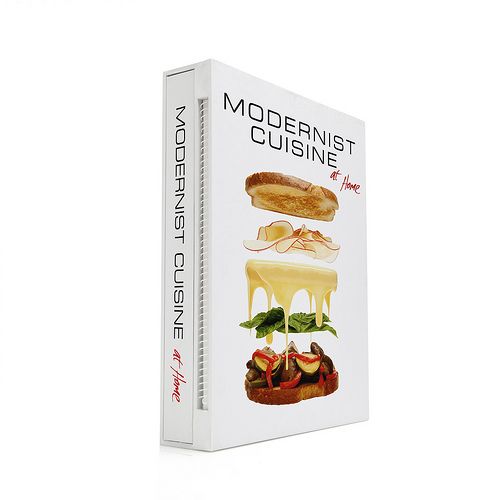
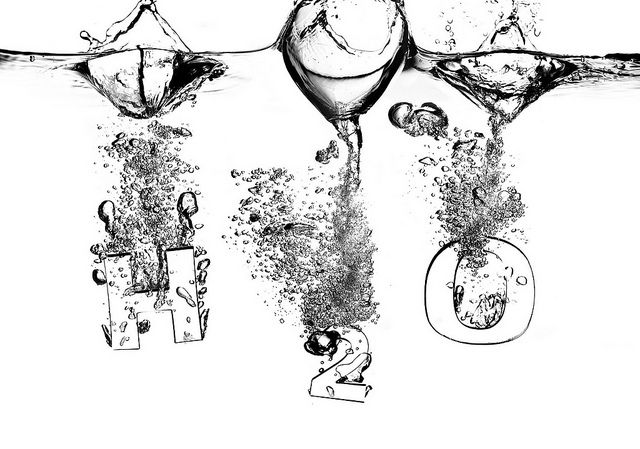
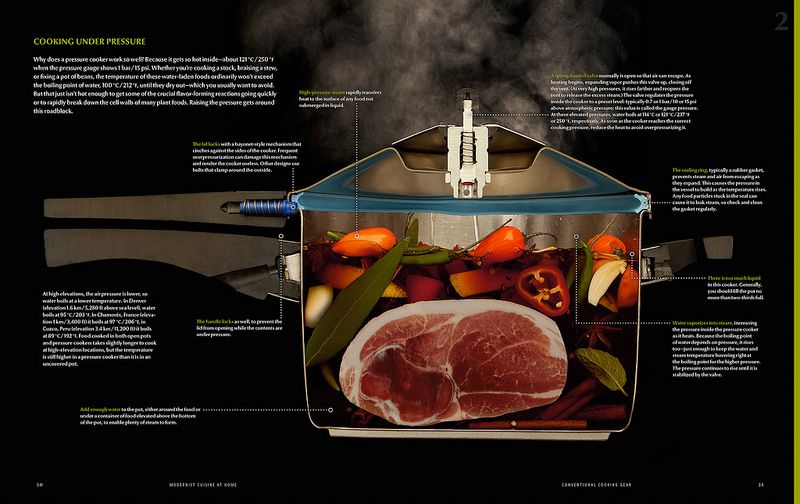
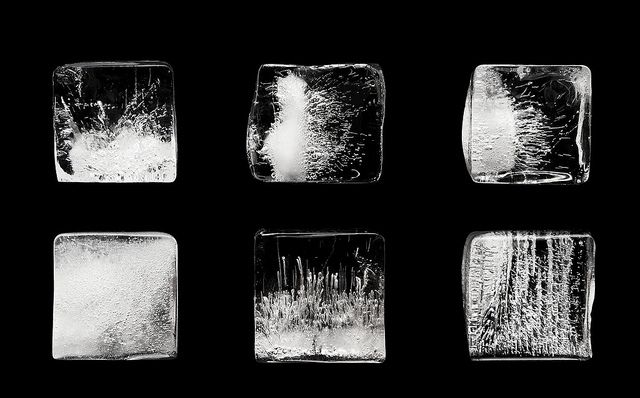
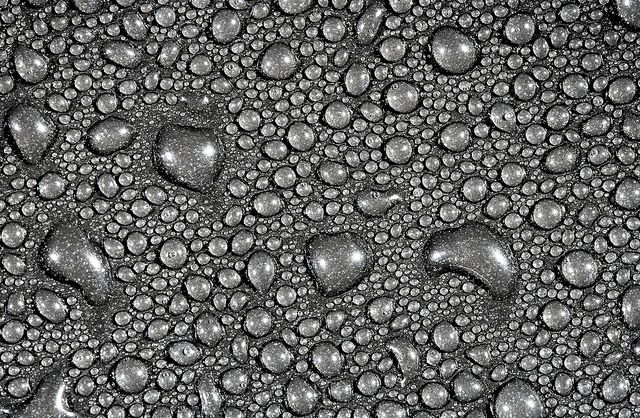
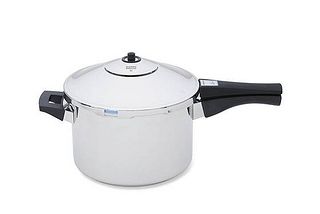
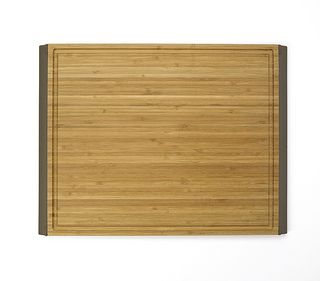
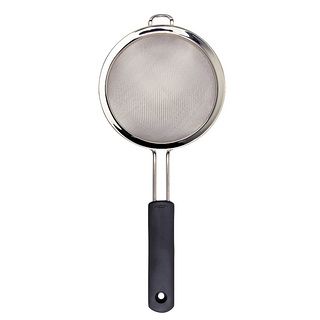
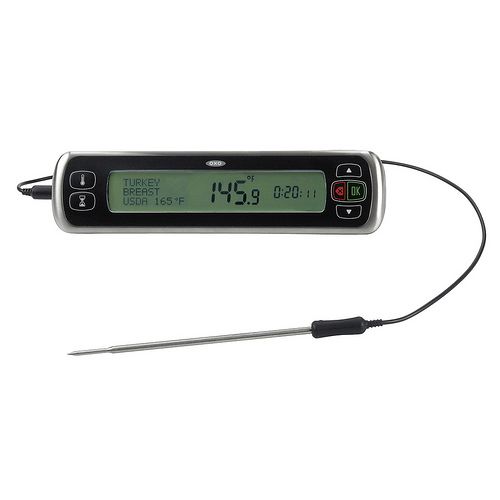

See what other Food52 readers are saying.